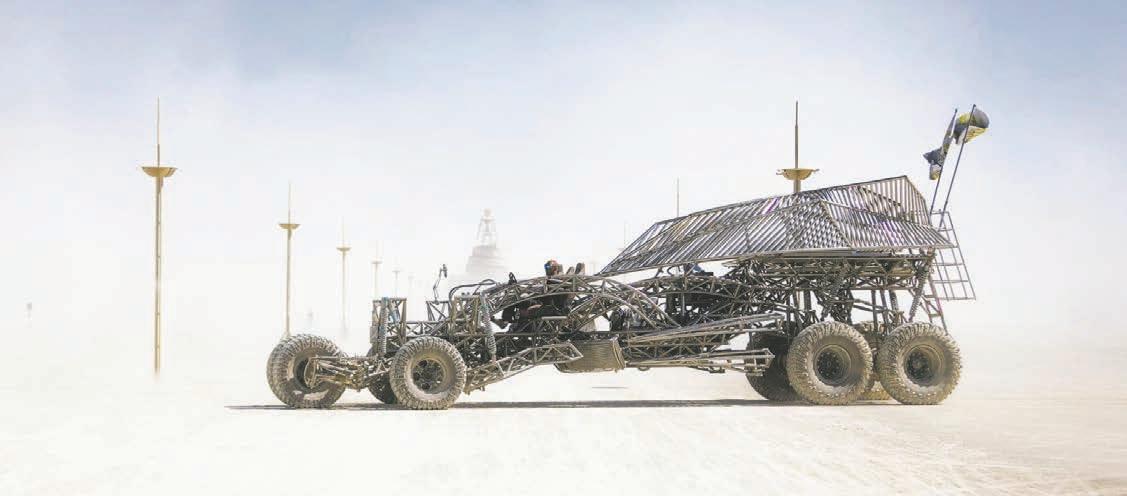
1 minute read
( ART? ) IFICIAL
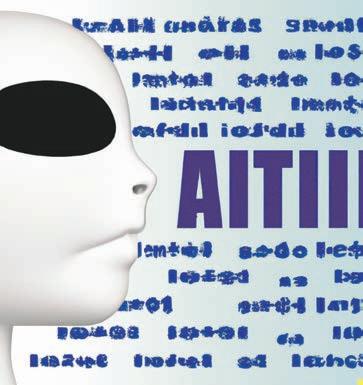
BY STEPHANIE THOMPSON author@sfreporter.com
Advertisement
Your social media feeds have probably been flooded of late with bizarre yet detailed images you can’t quite explain. Are you seeing an Astroboy-style manga moment featuring Spider-Man at Woodstock? An oil painting wherein Harry Potter plunders as a pirate despite a suspicious number of fingers? Characters from The Office in a Mad Max world?
Chances are, if you’ve suddenly started noting such feverish weirdness, you’re probably looking at a piece of artificially intelligent art, or AI art. And though the tech and its more widespread use are both relatively new, at least at such a level, the implications of such new possibilities are dizzying.


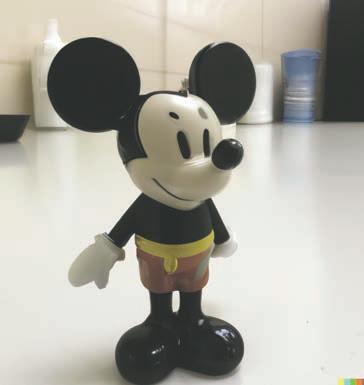
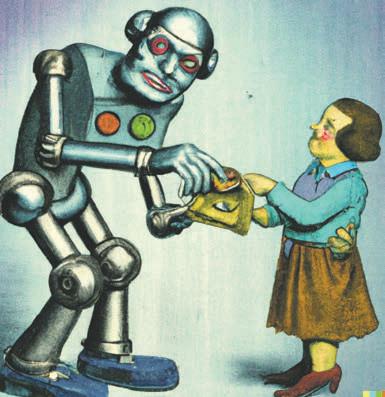
But so much of what is and will happen is still unknowable. AI art has reached ubiquity on the internet, in media and in advertising so quickly, in fact, that no one is quite sure what to make of it, how it will continue to affect arts and artistic types, what legal ramifications might present themselves or even who owns what. SFR spoke with a number of people working in the arts, as well as an attorney, to try and understand the human response to AI art through the lenses of those who make a living through creation. The questions, though, might still be too muddy to answer in a satisfying way.
Nevertheless—the answers we heard are as manifold as the bizarre, often beautiful images that spawn them.
AI art in this context refers to images generated through deep learning artificial intelligence programs such as Stable Diffusion and other, similar algorithms that have been trained through a large and growing dataset. These programs constantly “learn” how to produce new images over time based on the images and text prompts users feed them. Many such apps have popped up and likely will continue to do so, but Stable Diffusion remains the biggest and most robust among them, for now.
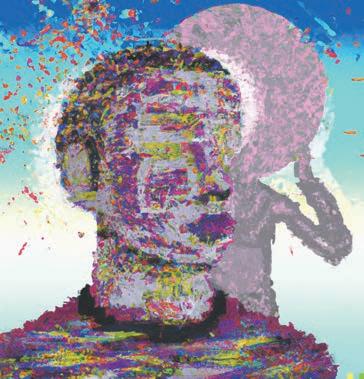
The process is fairly simple: Feed an app’s algorithm your own images, or type out a description, and watch as they’re rolled up into randomly generated art pieces from billions of potential amalgamations. Over the last several months, AI art has laced our online lives with surreal worlds featuring hyper-detailed and sometimes gorgeous elements; perhaps stealthily, though, the tech has started producing works unrecognizable from handmade art—AI has even managed to believably imitate real photography.
It’s also imperfect. Discerning viewers who glance at the hands and limbs of the often otherwise beautifully rendered figures may sometimes note discrepancies in the number of fingers; the algorithms have struggled to produce believable faces, too. Someone who knows where and how to look can easily find red flags, and though







